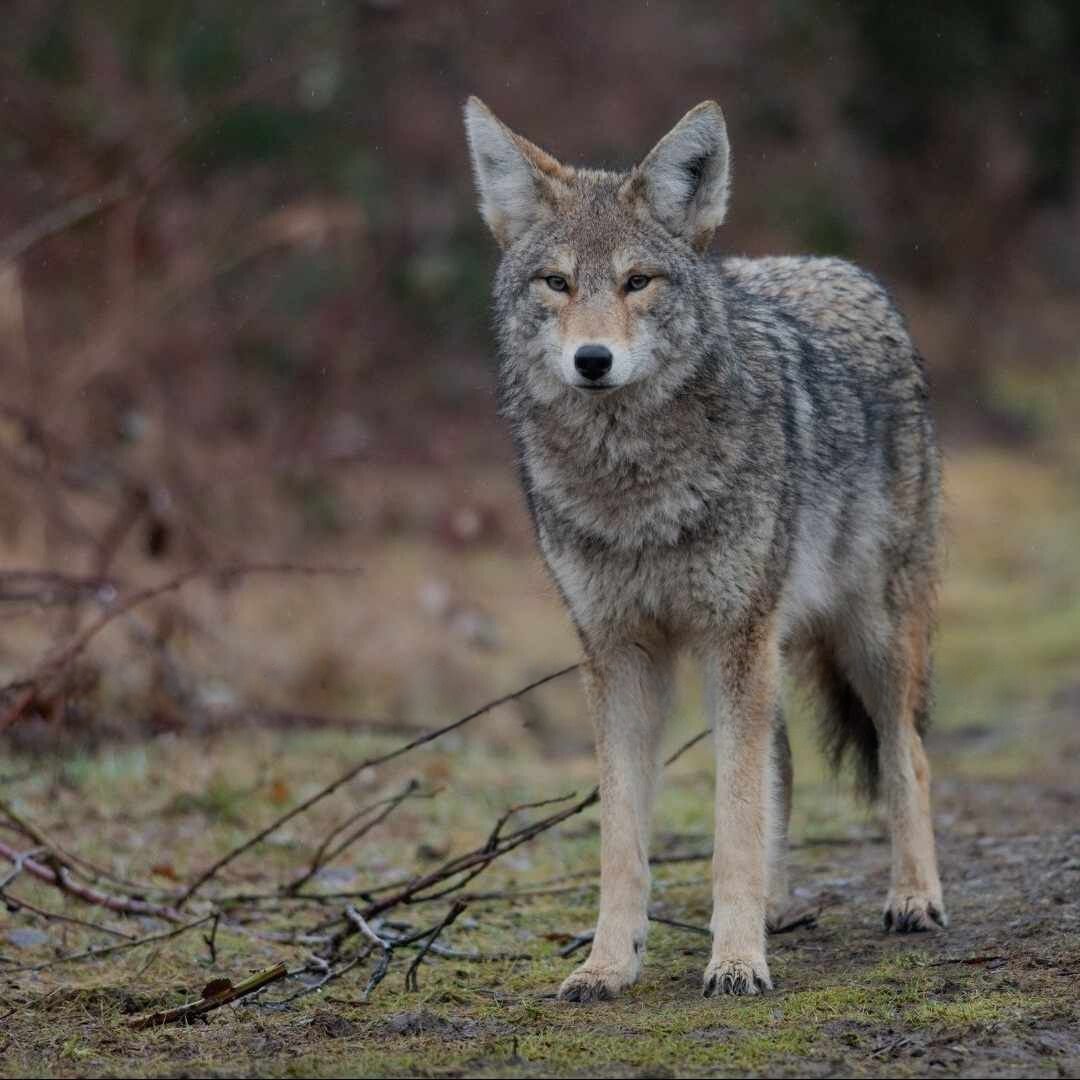Who is Coyote?
Coyote may be the oldest deified creature in North America.
Since the time of the first known peoples of the Midwest, Coyote has served as a powerful living model and archetypal exemplar of change and transformation, adaptation and flexibility, resilience and determination, paradox, and play.
There has always been a sacred being that assumes the role of the Trickster. For many peoples, past and present, Coyote ensouls this role. Howling just beyond the pale of civilized, cultured, and contained human existence, Coyote is a gravitational beacon of the wild and a reminder of our wildly creative inheritance.
Despite being the most persecuted animal in all of the Americas—with tens of millions systematically killed in efforts to 'eradicate the vermin'—Coyote has resiliently inhabited nearly all of North America. This outcast thrives at the edges, defying all odds; a true master of edge-walking.
For a creature that evolved in the relatively small and specialised bioregion of the arid Midwest, such dynamic resilience is challenging to grasp through the lens of consumer-driven, standardized culture, which seeks to 'control' and 'manage' the wild.
Coyote is often depicted in a dark, ominous, and shadowy light, accentuated by filamental flickers of contact and ghostly tracks that are encountered within city limits and beyond—an enigmatic presence that awakens the senses. North America's oldest deity typically receives little trust or respect these days. Yet, those who have experienced genuine contact cannot dispel the mysterious reverence that permeates such memories.
Fortunately, indigenous peoples have preserved numerous and wondrous stories that portray Coyote's sheer brilliance as an edge-walker. Through their perspective, it becomes clear how Coyote not only perseveres despite human shortsightedness but even thrives amidst civilization's narrow anthropocentric paradigm, playfully subverting its attempts at dominance and control. Coyote is a force of Nature, unshakeable and untameable.

In the Stories of Old, Coyote effortlessly and frequently undergoes transfiguration, embodying a profound Earthly power inherent in all life—a theme echoed by Ovid's words:
Let me sing to you now,
about how people turn into other things.
Thresholds are the vocation of the Trickster.
For Coyote is not a dangerous nuisance to be conquered but a teacher and exemplar of the wild ancestral powers we all carry. Stories of Coyote frequently blur the lines between human and animal, sacred and mundane, mortal and immortal, Earthly and Divine, weaving these supposed contrasts into a rich mosaic of mythic and paradoxical fluidity. Coyote creatively and spontaneously improvises both in the wild and among human communities, walking between worlds, often with humorous grace, adapting to immediate needs, turning things upside down and inside out, igniting creativity, and continuously animating and amplifying the archetypal force of Becoming.
Thus, always just beyond the pale, Coyote howls for change, beckoning us into the wilderness of our hearts, inviting us to participate in the emergent and entangled dance of our interbeing. Coyote reminds us to disrupt the rigid regime of human habituations, allowing us to experience a larger energy that mysteriously moves in the background of our shortsightedness. Every Trickster embodies the essence of compelling creativity. Every Trickster knows how to animate a good story. Coyote sustains the creative-destructive artistry that breathes life into stories of significance.
As Báyò Akómoláfé reflects,

I wonder if the trickster
isn’t beckoning at the
wilds beyond our fences,
wanting us to dance
between the binary.
For these reasons, and many more than I can caste into simple words,
Coyote is an essential guide along the wandering paths of life.
It is my hope that by embracing, even in small measure, the wildly playful trickster both outside and within ourselves, we can courageously converge in the valley of vitality that blooms between binaries,



